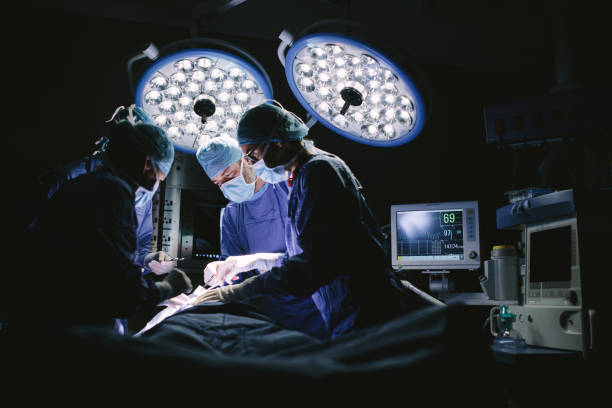Crohn’s disease, and Ulcerative colitis (UC), are both types of IBDs (IBDs) that affect gastrointestinal (GI). Although Crohn’s disease can affect any part of your GI tract (including the colon), UC tends only to affect the rectum and large intestine.
To reduce inflammation caused by IBD, medications and lifestyle modifications are important. If medications fail to stop your symptoms or prevent chronic inflammation, surgery may be required.
Different surgeries will target different parts of your GI tract depending on what type of IBD you have. J-pouch surgery can be used for UC.
What’s J-pouch surgery?
J-pouch surgery can be used to treat severe UC. This is also the most commonly performed surgery for this condition.
J-pouch surgery, like other IBD surgeries, is recommended only in cases where medication for UC has stopped working. This procedure can also be performed on an emergency basis in toxic megacolon and uncontrolled GI bleeding.
J-pouch surgery is also known as a proctocolectomy and ileal pouch anastomosis (IPAA) in the medical world. It involves the removal of your colon and rectum. The surgeon will then take a small portion of your small intestine and create a J-shaped pouch that can be used to collect and assist in removing waste.
What are some of the pros and cons of J-pouch surgery?
Although IBD is not as common as it was in the past decades trusted Source surgery may be an option for you if you have severe symptoms and cannot take medication.
You may feel less UC symptoms after J-pouch surgery:
- stool inconsistencies
- Abdominal pain/discomfort
- Bloody stool
- Fatigue
J-pouch surgery is a better option than other types of UC because the J-pouch eliminates the need to use an external stool bag (ostomy).
Once you are fully healed, you won’t need an ostomy to wear or empty. You will also have better control of your bowel movements. You may require an ostomy temporarily depending on the stage of your surgery.
Who is the best candidate for J-pouch Surgery?
If you are:
- Despite taking medications, I am currently experiencing UC symptoms.
- Notice that your symptoms are getting worse
- Precancerous colon cells
- Uncontrollable bleeding from your colon ( rare condition).
- As a result of chronic inflammation, holes have formed in the colon
- You may need surgery to remove your colon or rectum, but would rather have an inner pouch to collect the waste.
How does the J-pouch process work?
Typically, J-pouch surgery is performed in two or three stages for UC. Each stage is scheduled several weeks apart.
The first stage
These are the steps that will be required for the first stage:
- Your surgeon will first remove your colon and rectum.
- The next step is to take a small portion of your small intestinale (known as the ileum) and make it into a “J-shape” or “J-pouch.”
- Your surgeon will make a temporary ileostomyTrustedSource to allow the pouch to heal. This opening will allow waste to be released into an ostomy bag by allowing a loop from your small intestine to be pulled through.
Second stage
After the J-pouch is healed, your surgeon will perform stage 2 or 3. During the second stage of your J.pouch surgery, you can expect the following:
- Your surgeon will first disconnect the temporary ostomy from the ileum.
- The surgeons will then reconnect your small intestine’s ileum to the J-pouch that was previously made during the initial surgery.
- Once you have connected your waste, it will be collected in the J-pouch. This allows you to pass stool naturally through your anus.
Third stage (only in some cases)
A three-stage procedure is sometimes recommended. This adds an additional step in which the J-pouch connects to your anus. In the following situations, you may use this three-step procedure:
- bleeding – Urgent surgery
- toxic megacolon
- You are currently taking high doses of steroids
- If you are in general poor health
Why is the process done in stages?
J-pouch surgery can be done in one operation. Because the J-pouch is still healing, it can become infected.

